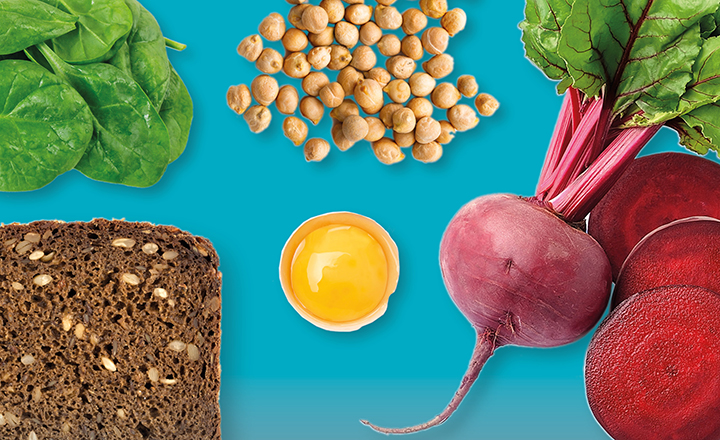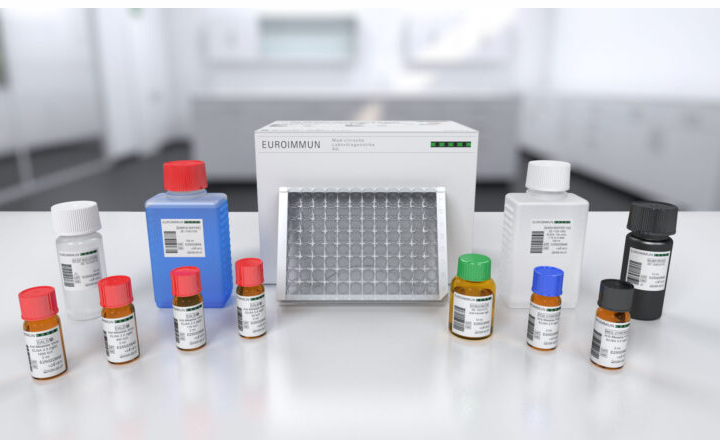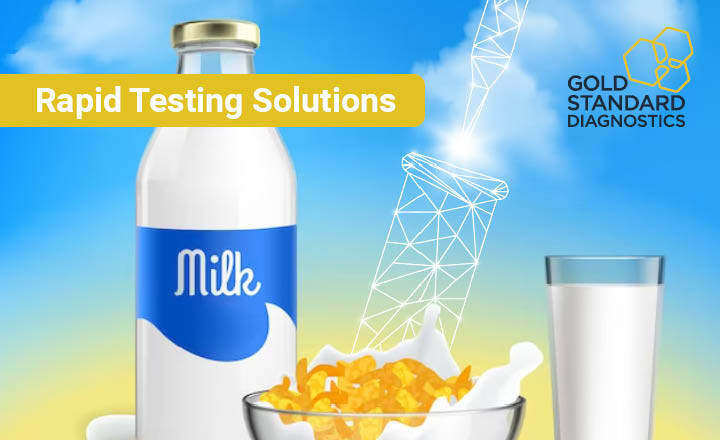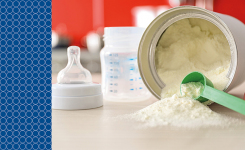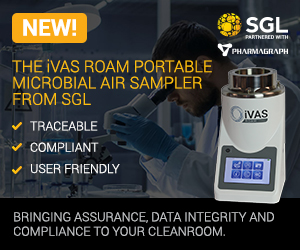- AOAC publishes Official Methods of Analysis (OMA) for determining folates in commodities using microbiological methods and HPLC or LC-MS/MS.
- ISO recently published ISO 20631 for total folate content determination in infant formula and adult nutritionals.
- R-Biopharm offers commercial kits for vitamin analysis, including folates.
Introduction
Folic acid, a synthetic form of the naturally occurring B-vitamin folate, is a critical nutrient for human health. Folic acid plays a significant role in preventing newborns' neural tube defects (NTDs), essential for DNA synthesis, cell division, and proper fetal development. Recognizing its importance, many countries have implemented food fortification programs to ensure adequate folic acid intake among their populations. This article explores the background of folic acid and the global efforts in food fortification, focusing on India, Australia, and the USA. It highlights the methods used to measure folate levels in fortified foods.
Understanding Folic Acid
Folate is a water-soluble B vitamin naturally found in various foods, including leafy green vegetables, legumes, and citrus fruits. However, the synthetic form, folic acid, is more stable and is commonly used in food fortification and dietary supplements. Folic acid is particularly crucial for women of childbearing age, as it helps prevent NTDs, and serious birth defects of the brain and spine, such as spina bifida and anencephaly. Since folic acid is not always consumed sufficiently through diet alone, fortifying staple foods has become a vital public health strategy.
Please watch the video for more information about folates.
Global Efforts in Food Fortification
1. India's Initiative: Fortified Rice: In India, where rice is a staple food for most of the population, the government has recognized the potential of rice fortification to improve public health. The Food Safety and Standards Authority of India (FSSAI) has mandated the fortification of rice with essential nutrients, including folic acid. This initiative addresses widespread nutritional deficiencies, particularly in rural areas with limited access to a diverse diet. Fortified rice, enriched with folic acid, iron, and vitamin B12, is distributed through government programs such as the Public Distribution System (PDS) and Mid-Day Meal Scheme, reaching millions, especially women and children.
2. Australia's Mandatory Folic Acid Fortification: Since 2009, Australia has taken significant strides in combating NTDs by mandating the fortification of wheat flour with folic acid. This regulation ensures that all bread-making flour, with few exceptions, contains folic acid. The policy has led to a notable reduction in the incidence of NTDs, proving the effectiveness of mandatory fortification. By focusing on wheat flour, a widely consumed product, Australia has successfully increased folic acid intake among its population, particularly benefiting women of reproductive age.
3. Folic Acid Fortification in the USA: The United States was one of the first countries to implement mandatory folic acid fortification. Since 1998, the Food and Drug Administration (FDA) has required that enriched cereal grains, such as wheat flour, cornmeal, and rice, be fortified with folic acid. This public health intervention has significantly decreased the prevalence of NTDs, demonstrating the program's success. In addition to fortified foods, the FDA also guides folic acid labeling, ensuring that consumers are informed about the nutrient content of the foods they consume.
Methods to Measure Folate in Foods
Accurate measurement of folate content in fortified foods is essential to ensure that the fortification process is effective and that the nutrient levels meet regulatory standards. Various methods are used to quantify folate, including both official and commercial techniques:
1. Official methods
AOAC has published several Official Methods of Analysis (OMA) for determining folates in different commodities based on microbiological methods and HPLC or LC-MS/MS. ISO just recently published ISO 20631 “Infant formula and adult nutritionals — Determination of total folate content by tri enzyme extraction and ultra-high-performance liquid chromatography-tandem mass spectrometry (UHPLC-MS/MS)”
2. Commercial Testing Methods
R-Biopharm offers commercial kits for vitamin analysis, including folates. These kits use techniques such as microbiological methods (VitaFAST) enzyme-linked immunosorbent assays (RIDASCREEN ELISA) and HPLC, using Immunoaffinity Columns (EASI-Extract IAC) which provide rapid and accurate results. These methods are particularly useful for routine testing in the food industry, ensuring compliance with fortification standards.
Conclusion
Fortifying foods with folic acid is a proven strategy to prevent neural tube defects and improve public health. The experiences of India, Australia, and the USA demonstrate the effectiveness of this intervention in different contexts. Accurately measuring folate levels in foods remains a crucial step in food fortification programs to ensure the success of these initiatives and ensure the necessary nutrients are received to lead healthy lives.
Visit R-Biopharm or use the Request Information button to connect with the company.


